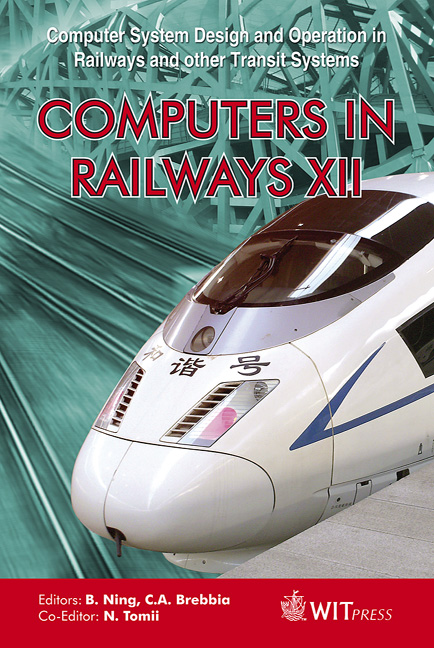Computation And Evaluation Of Scheduled Waiting Time For Railway Networks
Price
Free (open access)
Transaction
Volume
114
Pages
11
Page Range
911 - 921
Published
2010
Size
192 kb
Paper DOI
10.2495/CR100821
Copyright
WIT Press
Author(s)
A. Landex
Abstract
Timetables are affected by scheduled waiting time (SWT), which prolongs the travel times for trains and thereby passengers. SWT occurs when a train prevents another train from running at the necessary speed. The SWT affects both the trains and the passengers in the trains. The passengers may be further affected due to longer transfer times to other trains. SWT can be estimated analytically for a given timetable or by simulation of timetables and/or plans of operation. The simulation of SWT has the benefit of making it is possible to examine the entire network. This makes it possible to improve the future timetable by analyzing different timetables and/or plans of operation. This article presents methods to examine SWT by simulation for both trains and passengers in entire railway networks. Keywords: scheduled waiting time, timetable, passenger delay, simulation, railway network. 1 Introduction When planning timetables for trains, it is often desirable to have more and faster trains along the same line, providing it is a good business case. However, in the timetabling process it is often not possible to fulfil the planning objectives due to capacity constraints. Instead, it is often necessary to reduce the number of trains and/or homogenize the operation by reducing the speed of some trains (planned delays). This creates a conflict between the different planning objectives. For instance, it might not be possible to operate as many fast trains and/or the fast trains as fast as wanted, because fast trains catch up with slower freight/regional trains.
Keywords
scheduled waiting time, timetable, passenger delay, simulation, railwaynetwork





